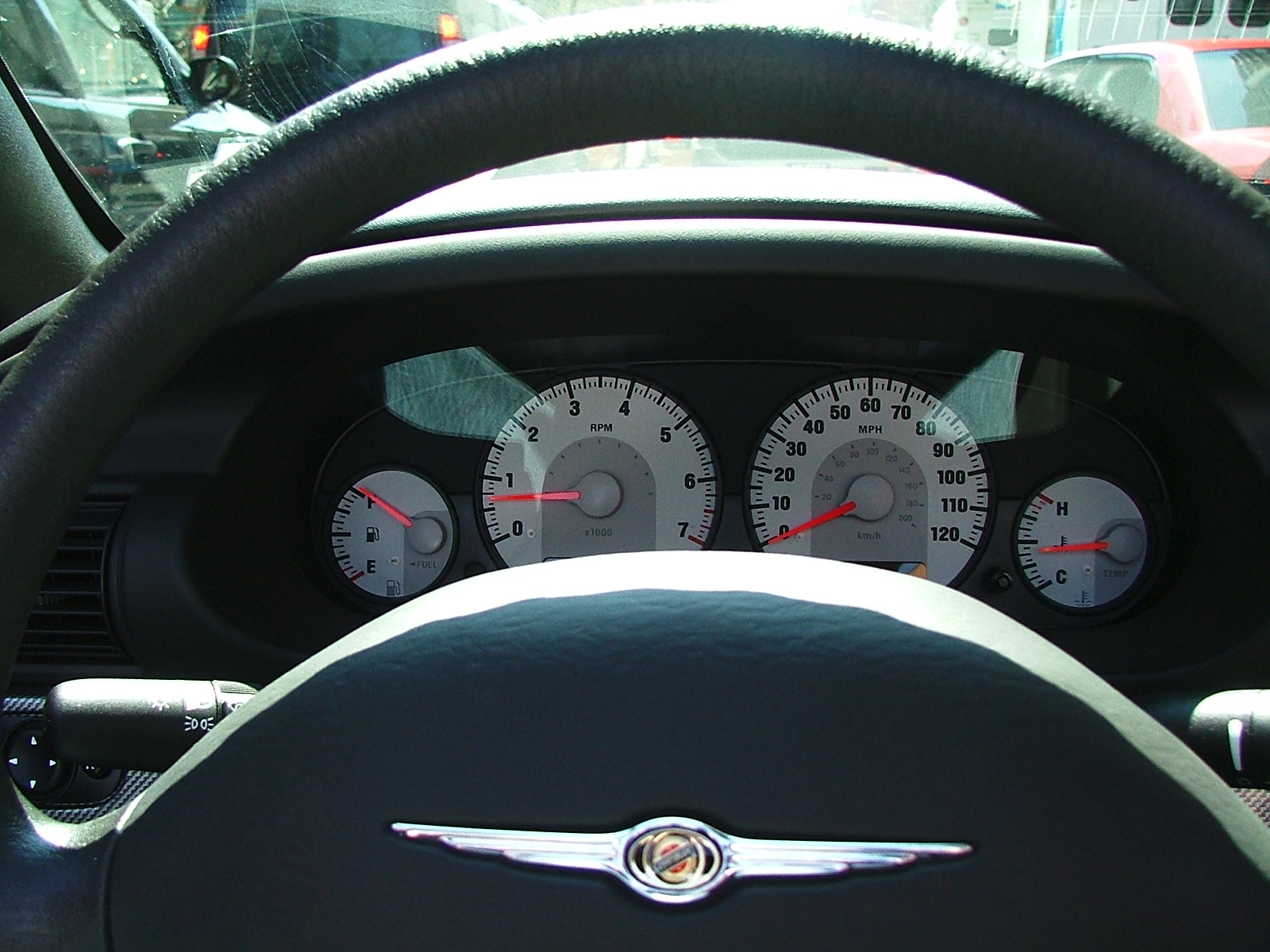NSW Log Book 10. Complex Traffic
Leaarning Goal.
Safely and legally drive in medium high density, complex traffic situations.
Learning Content.
Using lanes including meanings of lane markings and types of lanes { bus lanes, transit lanes etc}
Intersection observation including mirror checks and intersecting traffic.
Complex intersections including marked turn lanes.
Multi-lane roundabouts.
Complex traffic lights with turn arrows { can include bus lights etc}
Other road rules { lane markings, edge lines, advisory signs etc }
School zones, pedestrian and children’s crossing.
Facts and Tips
Review the Road Users Handbook about sharing the road with pedestrians, motorcycles and heavy vehicles.
Remember to gradually progress to more complex traffic situations. Avoid higher speed complex situations at this stage, for example motorways.
Supervising drivers may still need to assist with gap selection when joining or crossing traffic.
Pull over to the side of the road in a safe location and discuss various situations and rules before they are encountered.
Return to a quieter area if traffic becomes too heavy to cope with.
Before you start driving in complex traffic refresh your knowledge of give way and turning rules.
